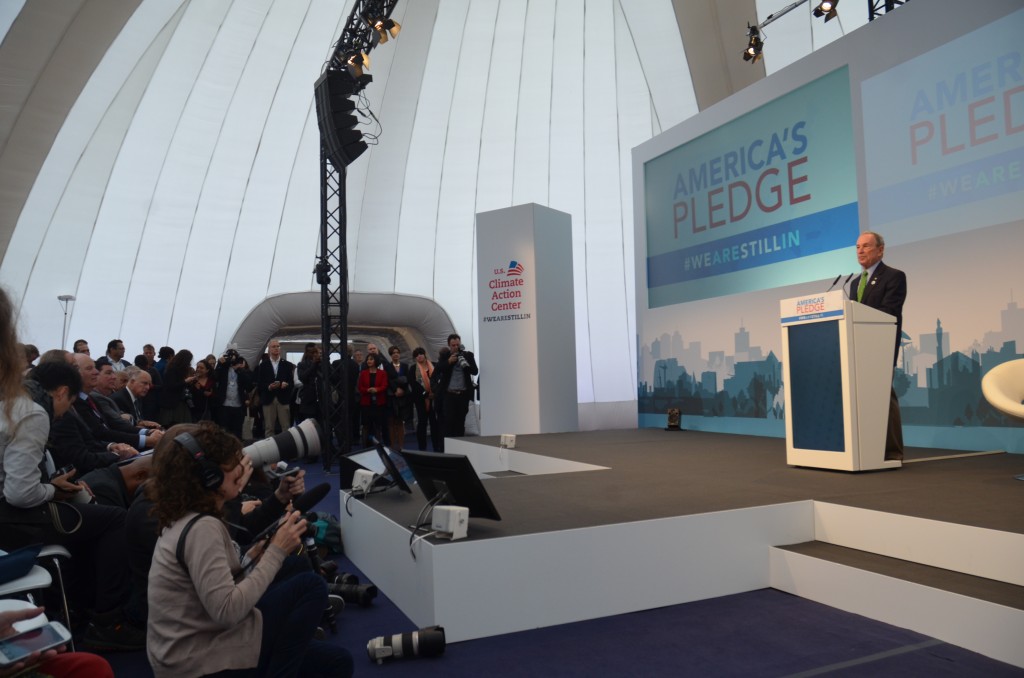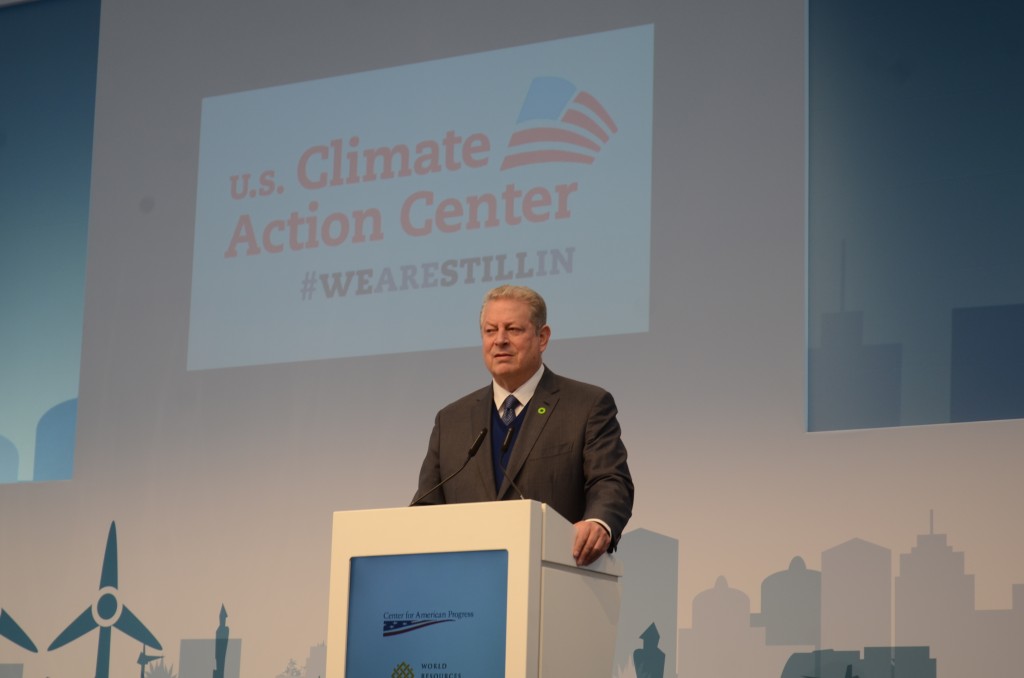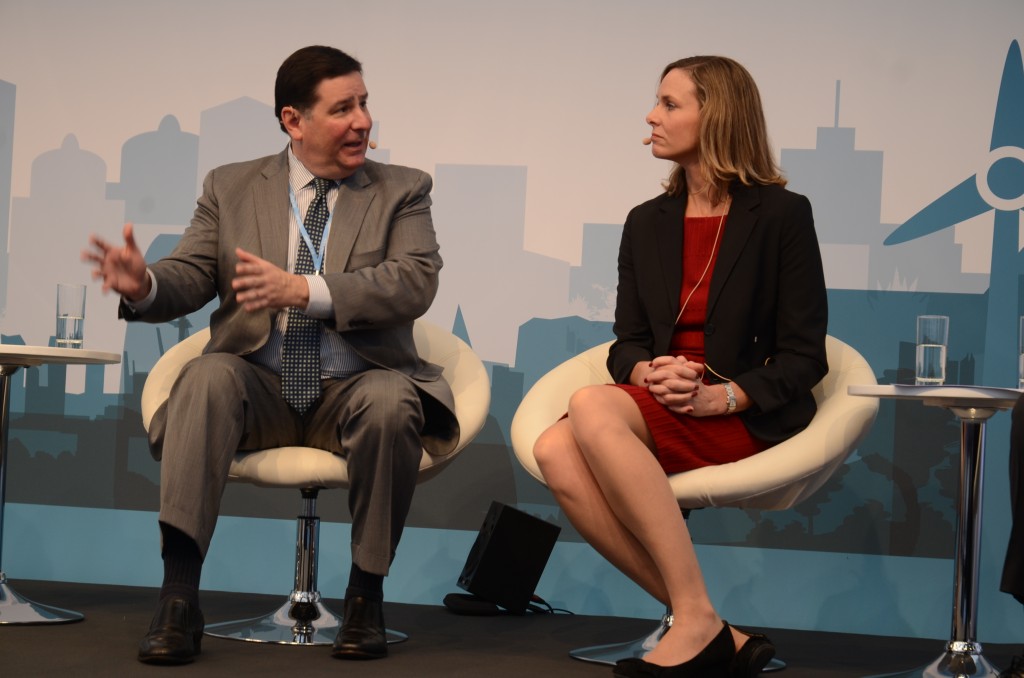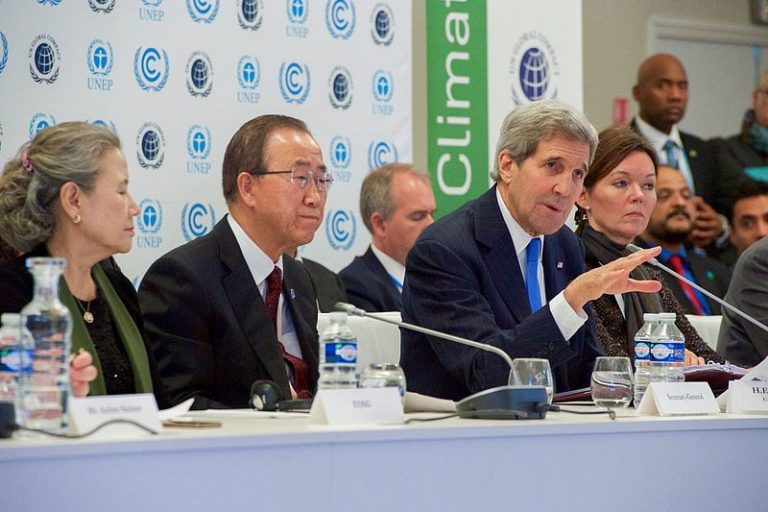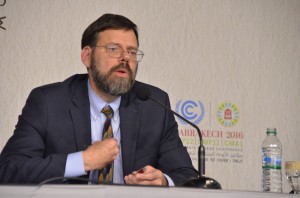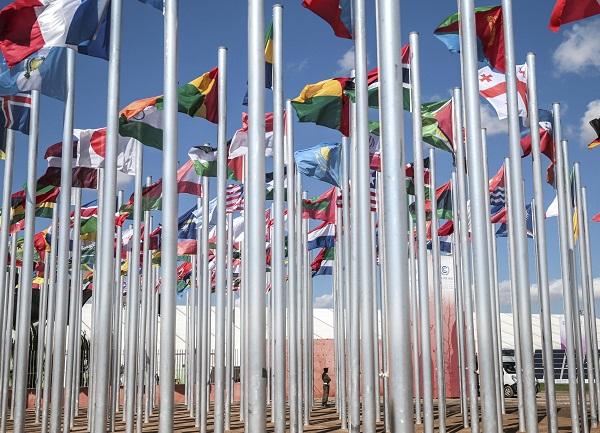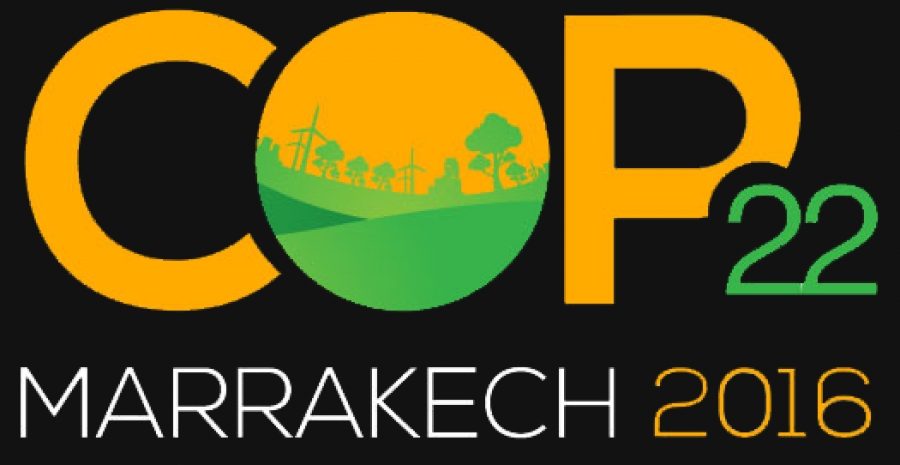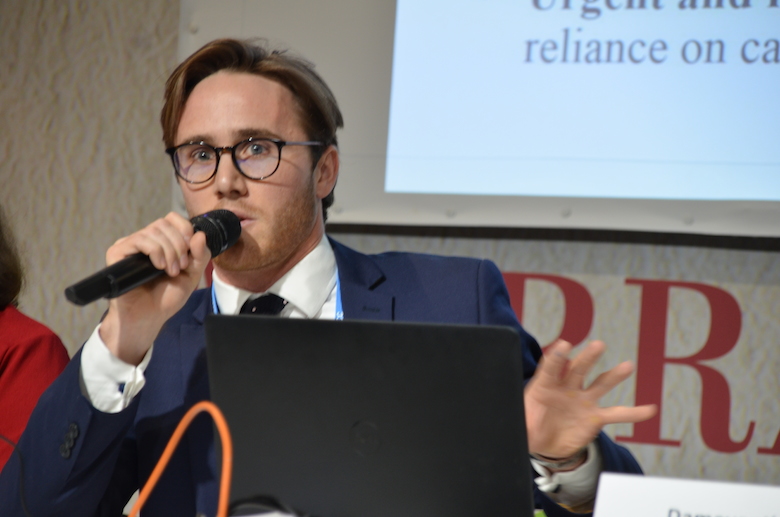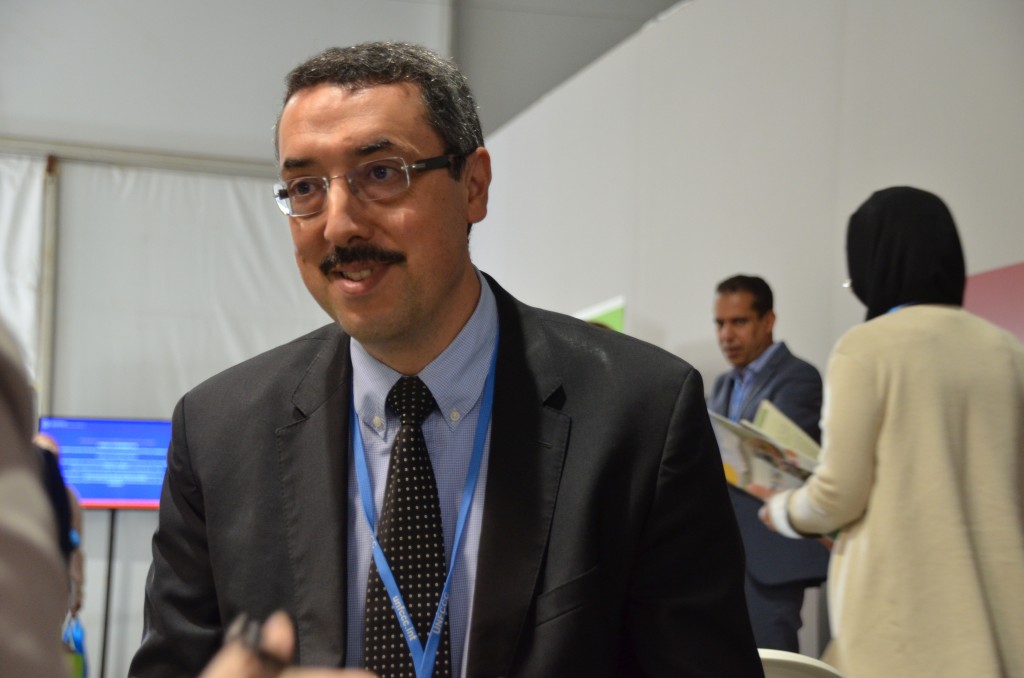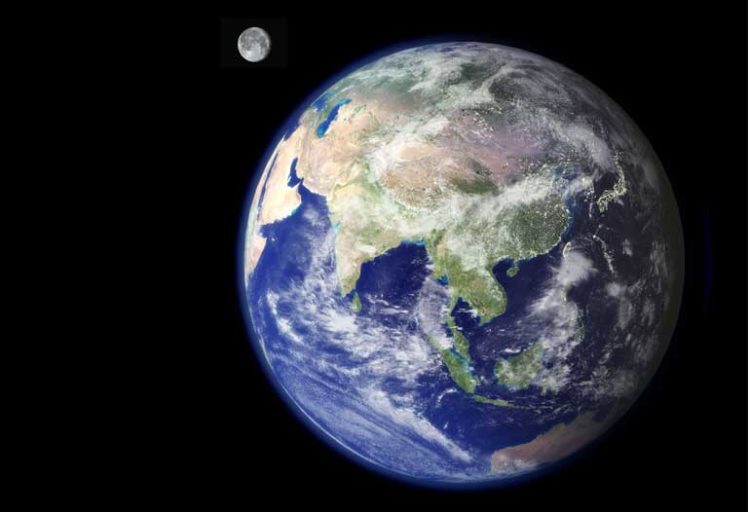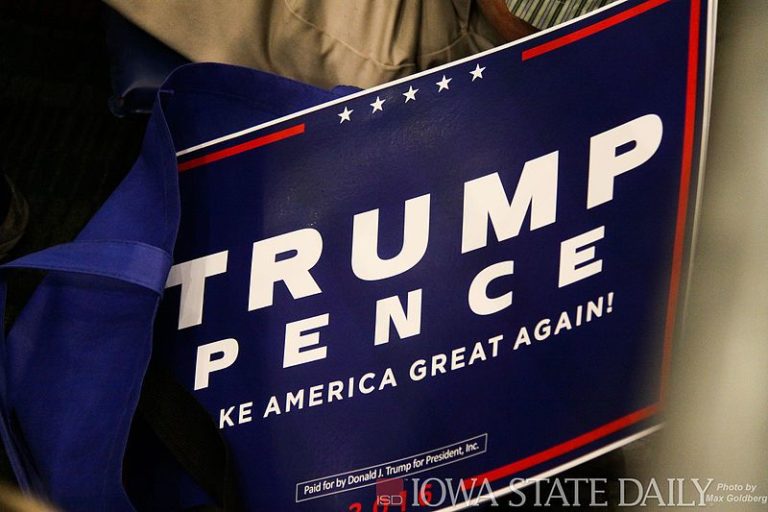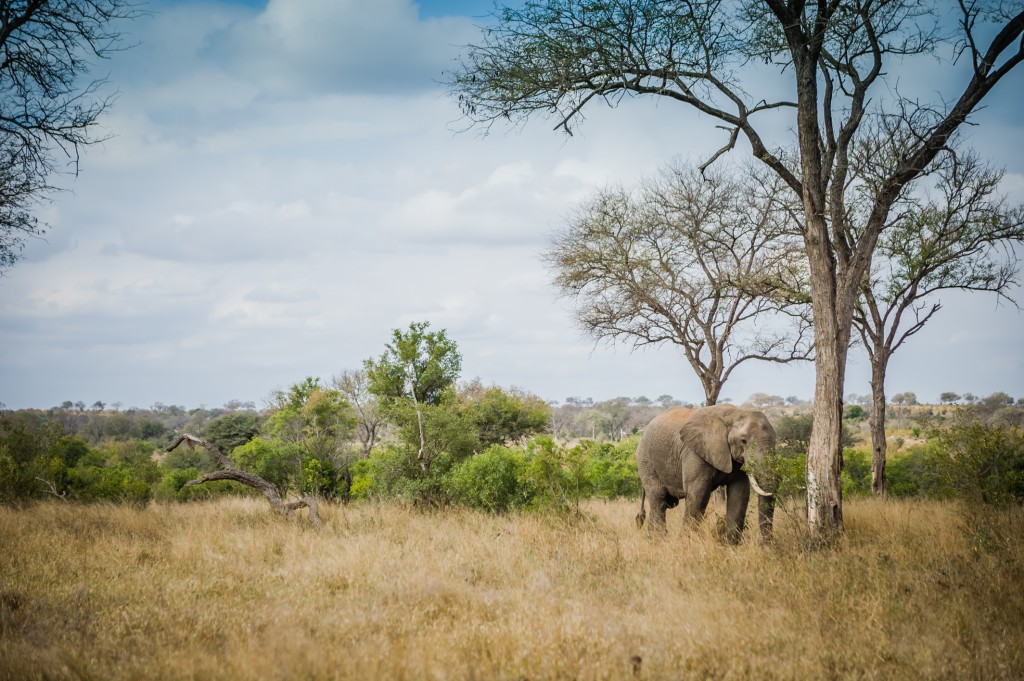
An elephant roams the mixed savanna of Kruger National Park in South Africa in June 2017. Photo by Bobby Amoroso
I’m quite proud of this story for Mongabay, which for me represents a new part of the world, new ecosystems and new scientific sources with a news hook that sets up my coverage of my fourth United Nations Climate Summit — COP23 — in Bonn, Germany from Nov. 6-Nov. 17, 2017. Within a few days, it became hit the No. 2 spot on Mongabay’s Most Read stories list. Here’s how it came about:
When I met and began talking with Wake Forest biologist Michael Anderson in spring 2017 about his work in in the Serengeti of Tanzania, I realized there was this enormous ecosystem — savannas and grasslands — that I knew precious little about. I’ve had the good fortune, with the initial invitation of good friend and tropical ecologist Miles Silman (also of Wake Forest), of reporting from the cloud and rain forests in the Peruvian Amazon and from the Mesoamerican coral reef of Lighthouse Reef Atoll far off the coast of Belize. But savannas and grasslands, which cover more than 20 percent of the earth’s surface? I knew virtually nothing.
Getting into Tanzania proved too difficult on short notice, so Anderson recommended South Africa. He then put me in touch with a quartet of scientists at a top university in Johannesburg (Nelson Mandela got his law degree there), and three responded readily that they would be happy to meet with me and talk about their research in the bush. Through the help of London-based World Fixers, I was able to hire a videographer named Neil Bowen in Johannesburg to work as my fixer, helping to arrange interviews, plot logistics and make contacts near the world-famous Kruger National Park. When my good friend Bobby Amoroso agreed to join me as my photographer, we bought plane tickets for the 17-hour flight from Atlanta to Jo-burg and went on safari.
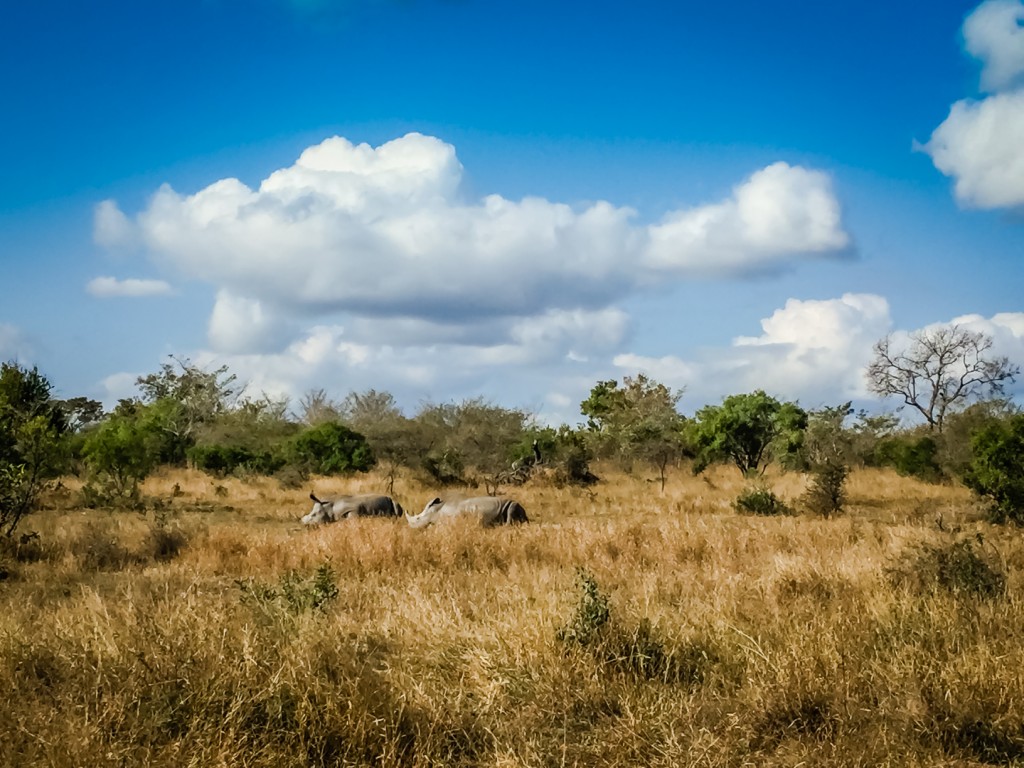
Rhino resting in the wide open savanna in South Africa. These iconic creatures don’t live in forests. Photo by Bobby Amoroso
Over the course of 12 days, we observed, experienced and learned so much. I hadn’t expected to do a story on rhino poaching and the threat of species extinction in Kruger and the rest of the African continent. That story, which Mongabay posted in July, fell into our laps with the help of Bowen’s exceptional contacts. But this story here was my initial target: how do I understand the role of savannas and grasslands at two often conflicting levels — sequestering carbon in their soils and thus slowing the rate of global warming, and providing a home for the largest, most iconic animals left roaming the earth.
The essence of my story can be summed up in this quote from highly regarded researcher Bob Scholes (pictured with me below) when we met and spoke at a weekend event outside Jo-berg:
“If you want to keep global temperature rise under 2-degrees Celsius [1.8 degrees Fahrenheit; the Paris Agreement goal], then you need forests growing,” says biologist Bob Scholes, a systems ecologist at Witwatersrand University. “I love trees,” he adds. “But the fact is, for a lot of reasons, they are not always the answer.”
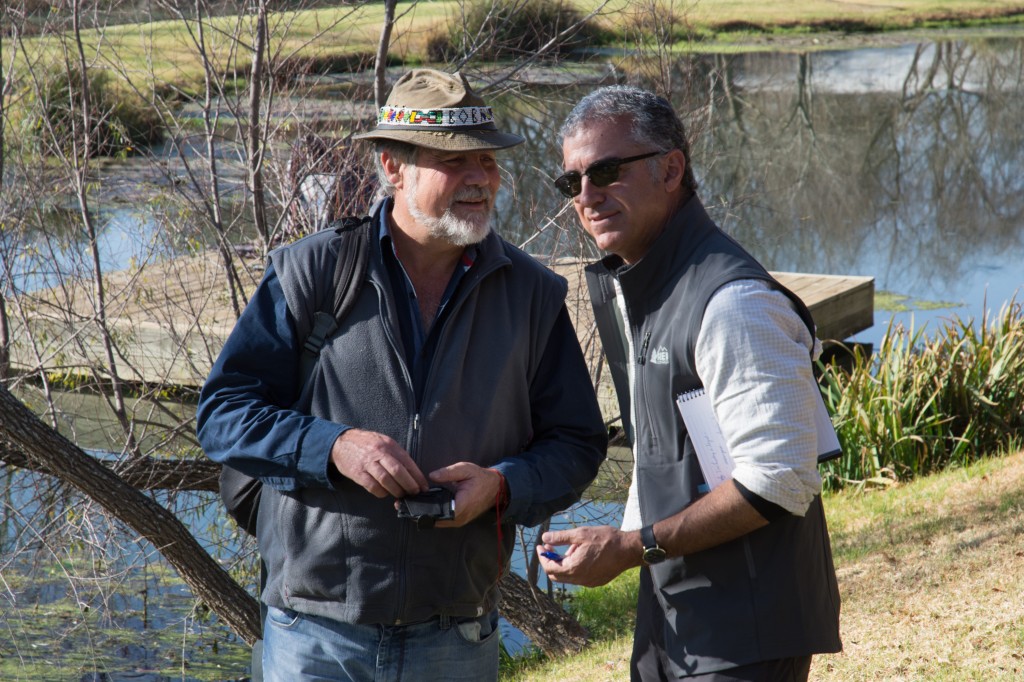
Bob Scholes and I at a science and art event on the outskirts of Johannesburg in June 2017. Photo by Bobby Amoroso
